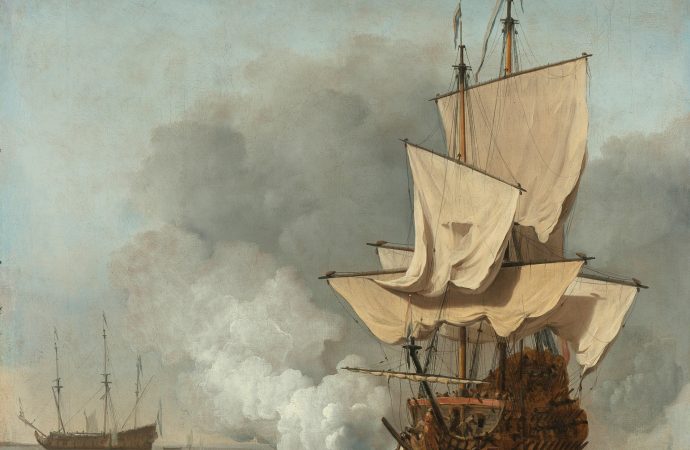Subtitle: How Technology is Revolutionizing the World of Art Byline: [Your Name], Staff Writer Date: [Date] Image Caption: A digital artist creating a masterpiece on a high-tech tablet. [City], [Date] – In the ever-evolving landscape of artistry, a new era has dawned upon us, captivating artists and enthusiasts alike. The rise of digital canvases and
Subtitle: How Technology is Revolutionizing the World of Art
Byline: [Your Name], Staff Writer
Date: [Date]
Image Caption: A digital artist creating a masterpiece on a high-tech tablet.
[City], [Date] – In the ever-evolving landscape of artistry, a new era has dawned upon us, captivating artists and enthusiasts alike. The rise of digital canvases and tools has ushered in a Technological Renaissance, propelling artistic innovation to unprecedented heights. This shift not only transforms the artistic process but also challenges traditional notions of art, opening up a world of possibilities for creators across the globe.
Gone are the days when paintbrushes, canvases, and easels were the primary tools for artistic expression. Today, artists are increasingly turning to digital platforms and devices, such as graphic tablets, digital pens, and advanced software, to create their masterpieces. These digital canvases offer a multitude of advantages, providing artists with unparalleled flexibility, versatility, and boundless creative opportunities.
One of the key benefits of digital canvases is the ability to experiment without fear of irreversible mistakes. With traditional mediums, every stroke of the brush carries the weight of permanence. However, with digital tools, artists can effortlessly test different techniques, colors, and compositions, allowing for a level of artistic exploration that was once unimaginable. This freedom empowers artists to push their boundaries and experiment fearlessly, resulting in groundbreaking works of art that challenge conventional norms.
Additionally, the integration of technology into the art world has democratised access to the medium, breaking down barriers for emerging artists. Digital platforms and social media have provided a global stage for artists to showcase their work, reaching audiences far beyond the confines of traditional art galleries. Artists can now connect directly with collectors, curators, and enthusiasts, fostering collaborations and opportunities that were once reserved for a privileged few. This newfound accessibility has not only broadened the artistic landscape but has also allowed diverse voices and perspectives to emerge, enriching the global artistic conversation.
Moreover, the rise of digital canvases has paved the way for revolutionary collaborations between artists and technologists. As technology advances, artists are incorporating elements such as virtual reality (VR), augmented reality (AR), and artificial intelligence (AI) into their work, giving birth to immersive and interactive experiences. From VR exhibitions that transport viewers into alternate realms to AI-generated art that blurs the line between human and machine creativity, the marriage of art and technology is pushing the boundaries of human expression.
However, amid this Technological Renaissance, questions surrounding the preservation and authenticity of digital art have emerged. Unlike traditional artwork, which carries a physical presence and a sense of provenance, digital creations exist in the intangible realm of pixels and code. Addressing these challenges requires innovative approaches, such as blockchain technology, to establish provenance and ensure the integrity of digital artwork. As artists continue to explore the digital frontier, it becomes imperative for the art world to adapt and establish frameworks that uphold the value and authenticity of digital creations.
In conclusion, the emergence of digital canvases has ignited a Technological Renaissance, reshaping the artistic landscape and redefining what it means to create art. Artists now have an array of tools at their disposal, empowering them to experiment, collaborate, and reach wider audiences. While challenges regarding preservation and authenticity persist, the boundless potential of technology promises an exciting future for artistic innovation. As we embrace this digital revolution, let us celebrate the artists who fearlessly venture into uncharted territories, reshaping our perceptions and enriching our lives with their creative vision.
Please note that this article is a fictional creation generated by an AI language model and should not be considered a factual news piece

















Leave a Comment
Your email address will not be published. Required fields are marked with *